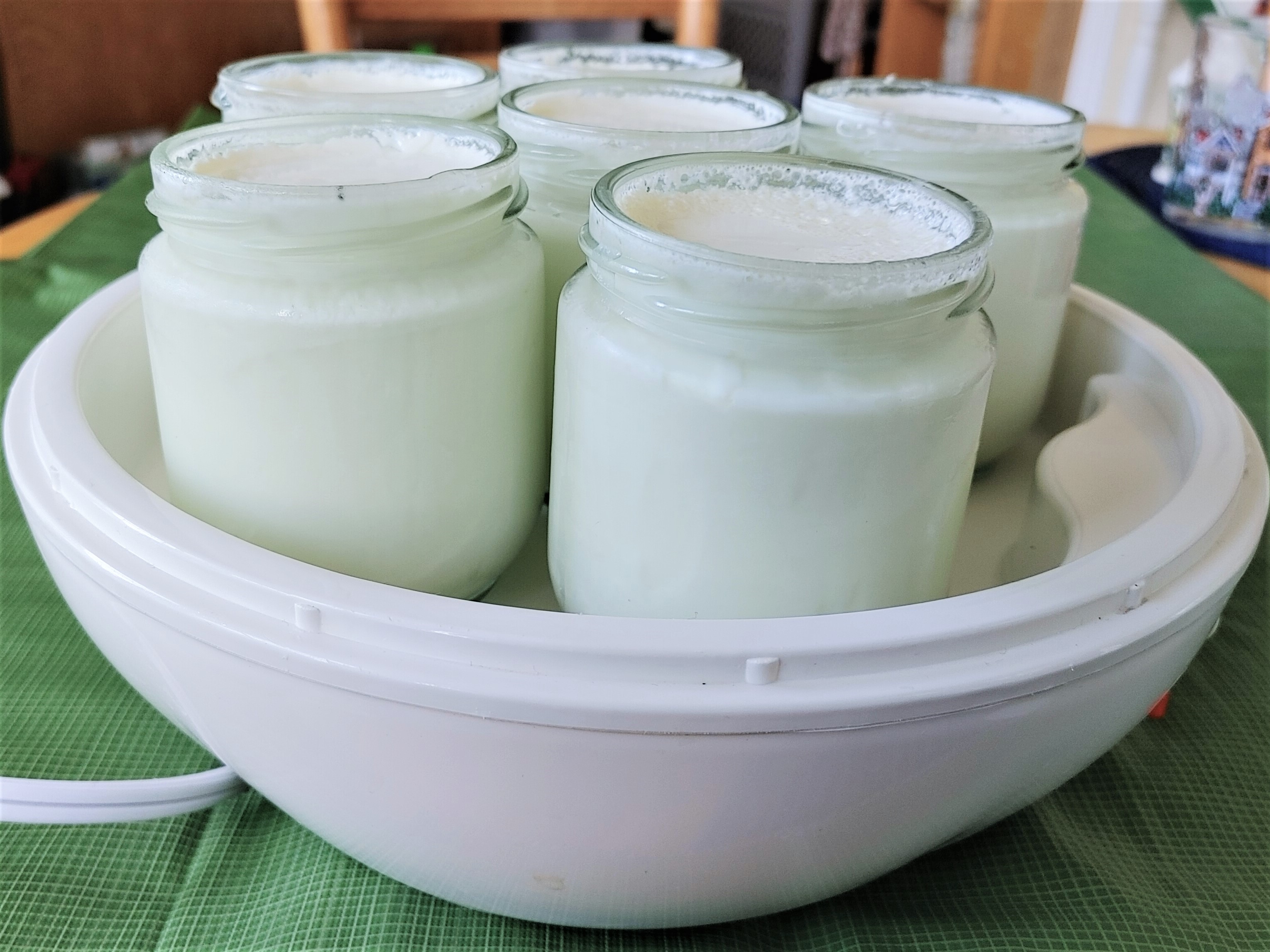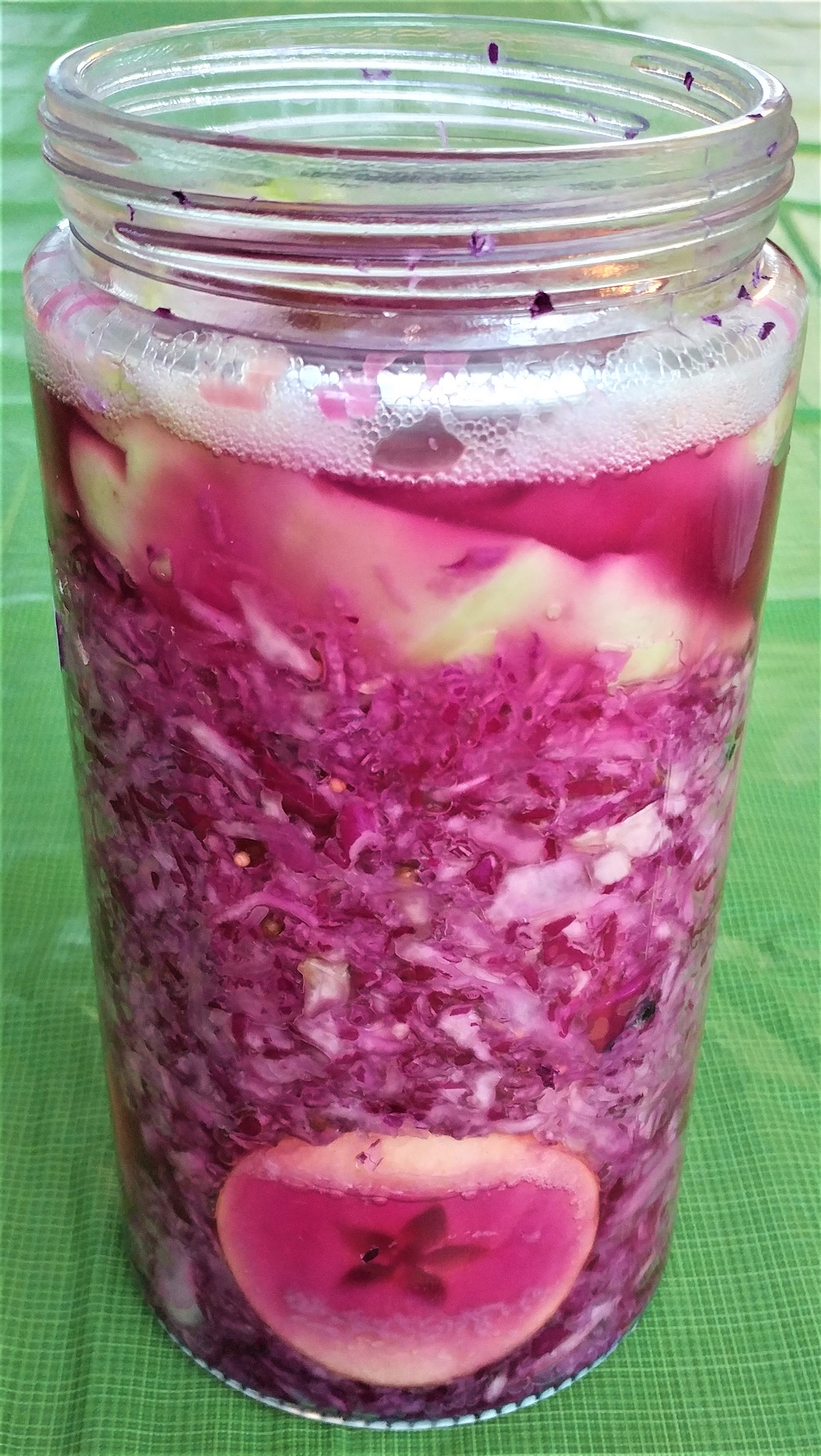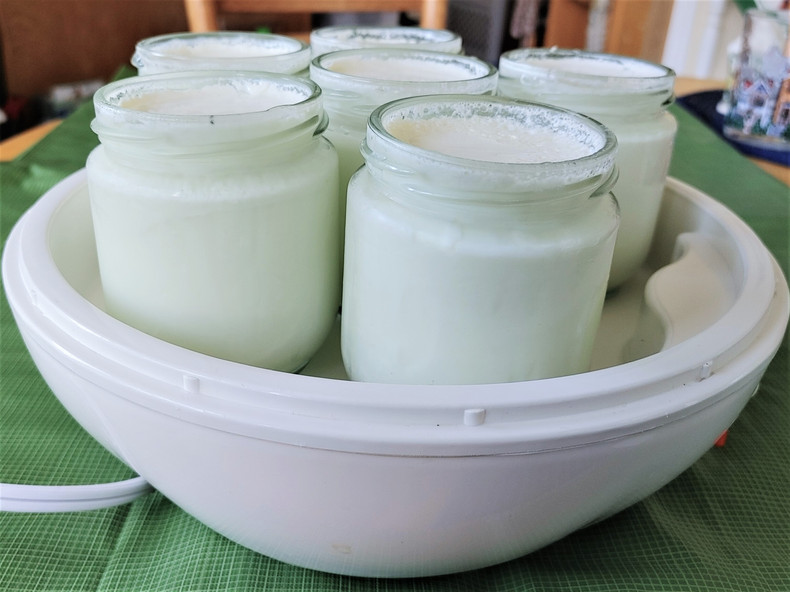

This post is about the correlation between fermentation and temperature.
Different foods ferment at different temperatures, depending on the warmth their microorganisms prefer.
The bacteria in yogurt, for example, thrive in a warm environment, while kefir species prefer room temperature.
Once the starter culture is activated, getting the temperature right for optimal fermentation is fundamental.
Fermentation is hindered when heat-sensitive bacteria is overheated or when lower-than-ideal temperatures are imposed on microbes needing warmth.
When do you need a heating device? (yogurt makers, Sous Vides, etc.)
- You don't need a device for foods that ferment at room temperature:
- kefir
- kefir soda
- fermented vegetables
- sourdough
- kvass
The above, by the way, will naturally ferment faster and stronger in the summer. (In winter, expect fermentation to take longer and turn out less fizzy.)
- You do need a device for foods that ferment at higher temperatures:
Fermentation in a device is independent of the weather. All you need to do is set your device to the right temperature.
Important note regarding shipping our live cultures in HOT weather: Our starters are designed to remain active for several weeks in transit in hot weather, without refrigeration and without ice. The formula and the packaging provide excellent protection for the live strains. We have thoroughly tested this. For this reason, we use ambient shipping, which is significantly less costly for you. Once received, the starter should be refrigerated or frozen, and you can use it as normal.

Our Prebio Plus (prebiotic fiber) does not require refrigeration. It doesn't contain any live cultures. It's not a starter culture; it's a blend of fibers.

